Have you ever looked at your kitchen scraps and thought they might be good for something? Turns out, they absolutely are.
These 13 easy vegetable growing hacks can help you turn leftovers into lush, homegrown plants with just a little effort. It’s a fun way to save money, reduce waste, and get fresh produce right at your fingertips.
With a few cups, paper towels, and a handful of seeds, you’ll be surprised at how many veggies you can grow. Try out a couple and watch your kitchen scraps come to life!
#1 Tomato Slices
 Source: Littlethings
Source: Littlethings
Fresh tomato slices can do more than just add flavor to a sandwich. When placed on potting soil and lightly covered, they sprout easily and create healthy seedlings in just days. Keeping the soil moist and warm helps speed up germination.
Once the sprouts appear, you can thin them out and move the strongest ones to separate containers. It’s a simple way to reuse overripe tomatoes that are no longer good for eating.
#2 Grow Ginger
 Source: Gardenerspath
Source: Gardenerspath
A piece of ginger with small buds is all it takes to start your own supply. Laying the ginger bud-side up in a pot with loose soil and keeping it evenly moist helps it settle in.
You’ll begin to see shoots within a couple of weeks, especially if it’s in a warm, bright spot out of direct sun.
Ginger loves filtered light and regular watering, so placing it near a bright window works great. It grows slowly but steadily if you’re patient.
#3 Grow Pineapple
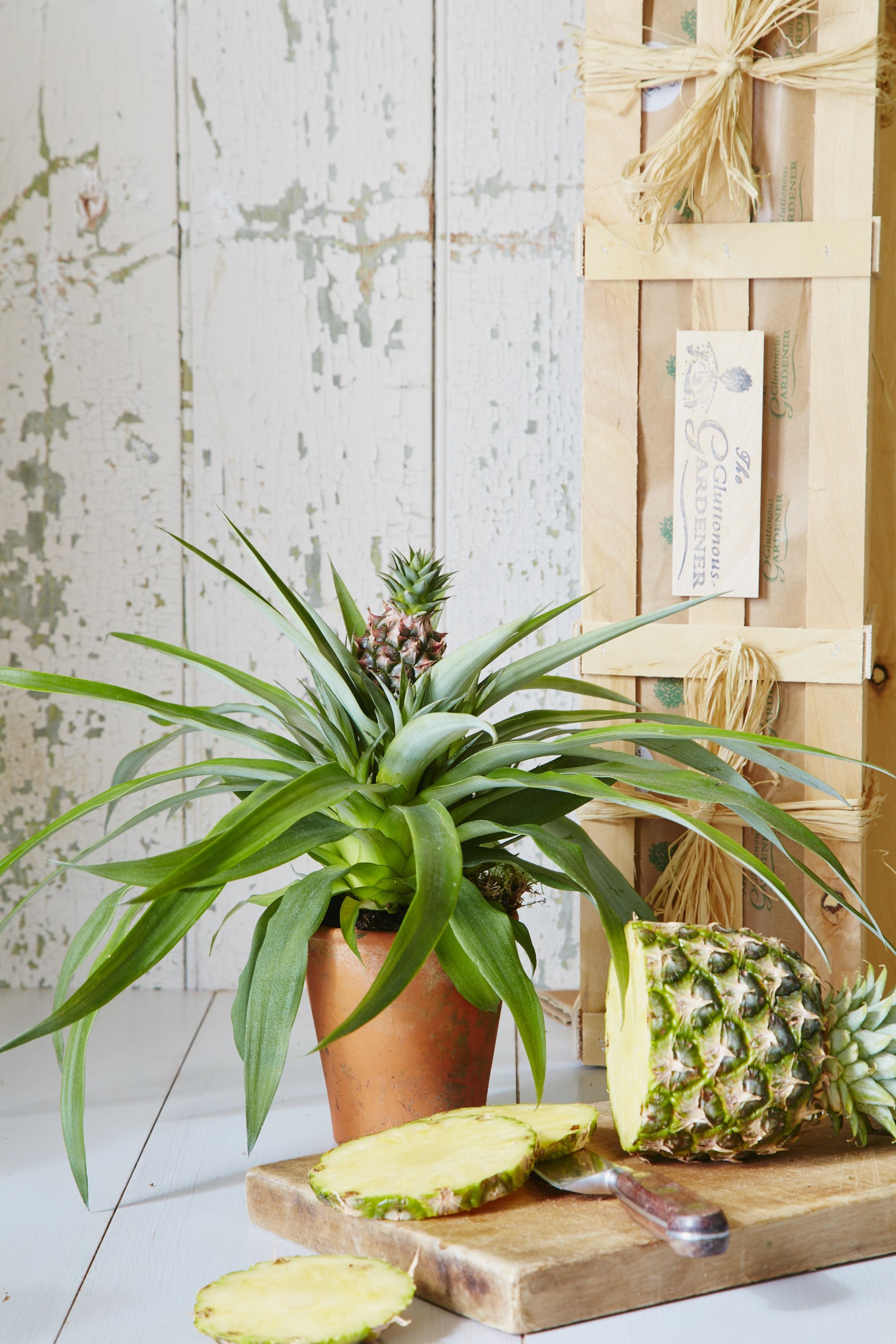 Source: Housebeautiful
Source: Housebeautiful
The leafy top of a pineapple holds the secret to growing another. After removing the bottom few leaves and letting it dry for a day, you can plant it in soil with the base just beneath the surface.
Water sparingly at first, and set it somewhere sunny where it can stay warm. Roots form slowly, but with consistent care, they eventually become a striking and fruitful plant. It’s a tropical twist on recycling food waste.
#4 Grow Eggplants
 Source: Garden
Source: Garden
You can actually grow eggplants using just one fruit and a few extra steps. After microwaving for two minutes, peeling it, and scooping out the seeds, you’ll be ready to start.
Soaking the seeds in water helps separate the viable ones, which usually sink. Then you can press them into small containers filled with soil; eggshells work nicely for this. Within a couple of weeks, you may see sprouts starting to peek out.
#5 Grow a Lemon In A Cup
 Source: Fastgrowingtrees
Source: Fastgrowingtrees
Lemon seeds don’t need much space to get started. After rinsing them clean, you can place them in a cup with moist soil and set them near a window. The warmth and indirect light encourage sprouting in a week or two.
Once the seedlings develop a few leaves, you can move them to a bigger pot. It’s a refreshing way to reuse seeds after making lemonade or cooking.
#6 Grow Bittermelon
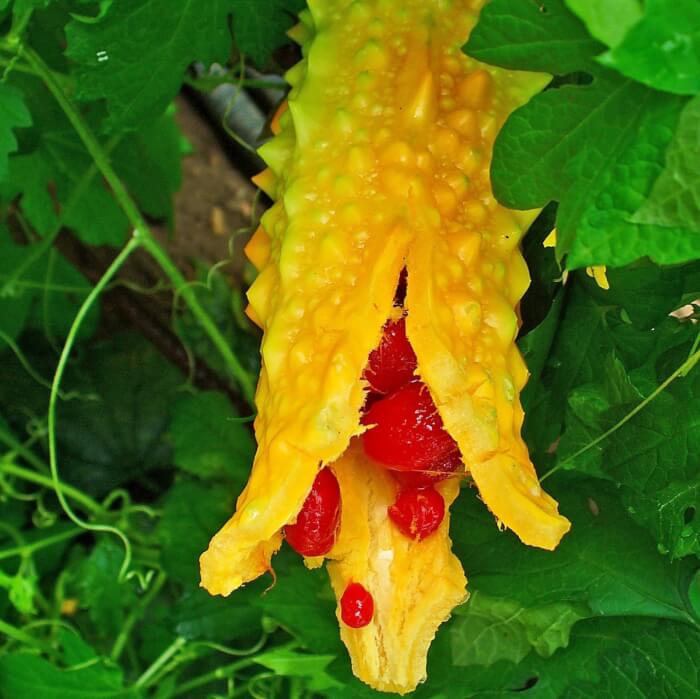 Source: Onszaden
Source: Onszaden
If you’ve ever had a ripe bittermelon sitting too long, don’t toss it out. The overripe fruit is filled with seeds that are ready to grow. Just open the fruit, scoop out the seeds, and place them in damp soil.
You’ll want to keep it in a sunny, warm location with steady moisture. In a short time, you’ll see new life growing from what was once just waste.
#7 Grow Cucumbers
 Source: Herzindagi
Source: Herzindagi
You can grow cucumbers by reusing the seeds from a fresh one. After scooping them into water, give them a day to settle—the ones that sink are your best bet.
Those can be dried slightly, then pressed into rich soil for sprouting. Keep them moist and sunny to help the seedlings along. Soon enough, you’ll have vines growing and climbing their way around your garden.
#8 Potato Tip
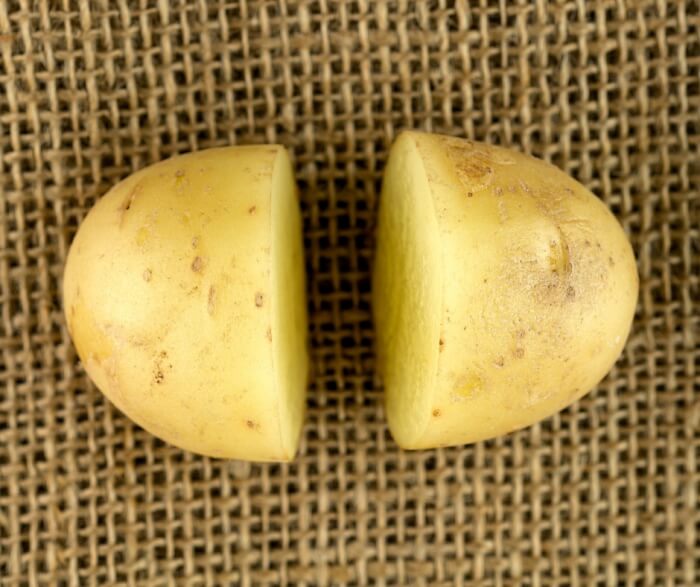 Source: Gardeningsoul
Source: Gardeningsoul
Old potatoes can give you more than you think. Cutting them into halves or chunks with “eyes” and planting them cut-side down helps them root fast. It works best in deep, well-drained containers with loose soil.
Within a few weeks, new shoots will rise up, and the underground growth begins. It’s a satisfying way to stretch your groceries a little further.
#9 Grow Marigold
 Source: Bmaker
Source: Bmaker
Dried marigold flowers hold plenty of seeds if you know where to look. Gently rubbing the petals between your fingers helps release the thin, black seeds. These can be scattered over the soil and watered in lightly to start new blooms.
They thrive in sunlight and need only a little attention to flourish. Marigolds also bring pollinators and protect your veggie garden from pests.
#10 Grow Lavender
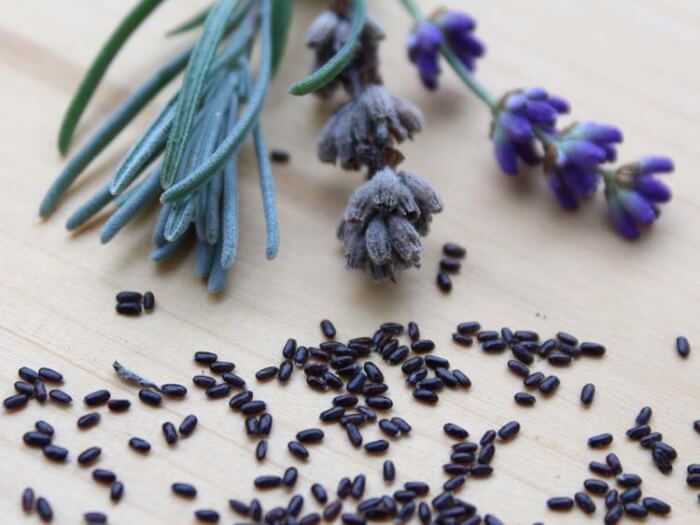 Source: Blackgold
Source: Blackgold
Lavender seeds can be tricky, but once you get the hang of it, they’re worth the effort. Rubbing dried blooms in your palm helps release the seeds. Let them rest on a paper towel overnight before sowing them in moist soil.
Lavender likes cooler conditions for sprouting, so place the container in the fridge for a few weeks before moving it to a sunny window. It takes patience, but the scent and beauty make it a rewarding project.
#11 Grow Capsicums
 Source: Bhg
Source: Bhg
Capsicum seeds are easy to collect and even easier to grow. Just rinse them off, dry them for a day or two, and press them gently into potting soil. A spot with bright, indirect light helps them sprout within days.
Once they develop true leaves, transplant them into larger containers or your garden bed. You’ll have your own colorful peppers before you know it.
#12 Grow Squash
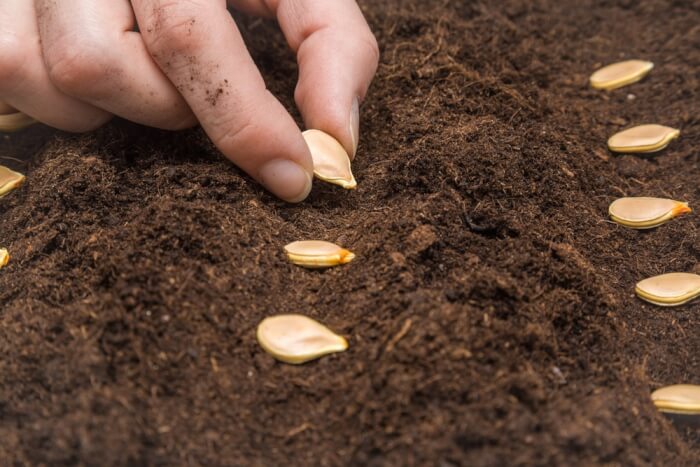 Source: Garden
Source: Garden
Saving squash seeds is a great way to prepare for next season’s planting. Scoop them out, rinse them clean, and dry them on paper before sowing.
Rich, moist soil helps them get a strong start, and full sunlight boosts their growth. Once they’re settled, squash plants grow fast and wide. You’ll want to give them plenty of space to sprawl.
#13 Onions Sprouts
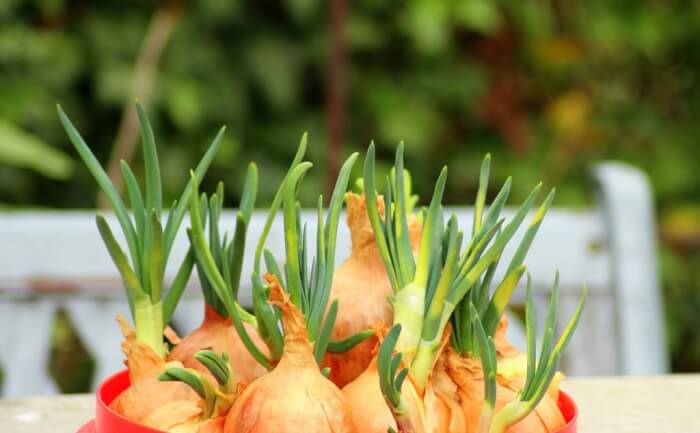 Source: Howtogrowpotatoes
Source: Howtogrowpotatoes
